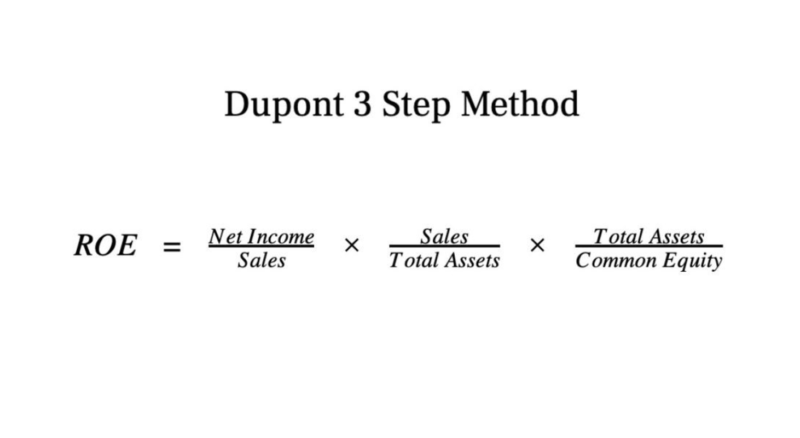
Property dividends can be more complex, as the fair market value of the distributed assets is typically subject to taxation at the time of distribution. The specific tax treatment can depend on the nature of the assets and the applicable tax laws. Assuming it pays dividends in the form of cash, the company must credit its cash account, while also eliminating the balance in the dividends payable account created before. For instance, when the company in the above example pays its shareholders dividends of $10,000, it must use the following accounting treatment to record the transaction.

What Are the Tax Implications of Foreign Income?
- This form asks you to list all the companies that paid you dividends, and the amount you received from each one.
- Moreover, during economic contractions, these companies continue to pay high yields.
- Investors who are following an income-producing strategy tend to favor dividend-paying stocks, government and corporate bonds, and real estate investment trusts (REITs).
- They can also use specific ratios, such as the dividend payout ratio or dividend yield of a company to calculate its dividends.
- Therefore, dividends play a vital role in communicating the strength and sustainability of a company to its shareholders, potential investors, and the market.
- A business in the process of growing may need the cash to fund expansion, and might be better served by retaining the profits and using the internally generated cash rather than borrowing.
Evaluating dividend stocks requires some research, like evaluating other types of stocks. There’s analysis to be done, but investors will also want to take special care to look at prospective dividend yields and other variables related to dividends. Investors can take advantage of the favorable tax treatments of qualified dividends when paying taxes on stocks. There are four critical dates investors need to keep in mind to determine when dividends are paid and see if they qualify to receive a dividend payment. Explore the nuances of dividend accounting, from types and processes to their impact on financial statements and reinvestment strategies.
What Is the Dividend Yield?
Stock dividends do not change the asset side of the balance sheet—they merely reallocate retained earnings to common stock. Issuing shares instead of cash maintains liquidity for strategic investments or operational needs. DRIPs can also stabilize stock prices by creating a consistent market for shares. However, companies must manage potential share dilution, as an increase in outstanding shares can impact earnings per share (EPS) and shareholder value. Companies must comply with accounting standards like GAAP or International Financial Reporting Standards (IFRS), ensuring transparency in financial reporting.

What Is a Dividend in Finance?

When a company declares and pays dividends, it directly affects its retained earnings, reducing the amount of profit that is reinvested back into the business. Companies pay these dividends in cash directly to shareholders, typically on a quarterly basis. The amount is usually expressed as a fixed amount per share, and the payment reflects the company’s current profitability and cash flow. For instance, if a company declares a cash dividend of $1 per share and an investor owns 100 shares, they will receive $100.
Declared dividends reduce retained earnings, reflecting profit allocation strategies. This reduction is significant for investors and analysts, as it signals the company’s approach to profit QuickBooks distribution and future growth potential. Dividend payments are also recorded as cash outflows in the financing activities section of the cash flow statement. The declaration of dividends marks a company’s decision to distribute profits to shareholders. A well-considered declaration signals financial health and confidence, attracting and retaining investors. Cash dividends offer a way for companies to return capital to shareholders.
What is the approximate value of your cash savings and other investments?
Explore dividend account the various types of dividends, their accounting methods, tax implications, and how they influence a company’s financial strategy. Explore the essentials of dividends, including their financial recording and tax implications, to enhance your investment and accounting strategies. For accounting purposes, dividends are a reduction in the retained earnings or profits of a company.

These payments are made to shareholders as a form of compensation for their investments made in a corporation. Dividends are authorized by the board of directors of the virtual accountant issuing entity, and are usually scheduled to be made on a recurring basis. However, there are several types of dividends, some of which do not involve the payment of cash to shareholders. By understanding these distinctions and implications, investors and management can better gauge the company’s dividend strategy and its alignment with financial goals. The dividends that a company pays out are recorded and presented in its financial statements in two different steps. The first step is when the board of directors of the company declares dividends and shareholders approve it.
- Intelligent investing can be described as understanding and keeping track of how conditions change over time.
- Shareholders or investors looking to calculate the dividend that a company has paid in the past can use different methods to calculate it.
- The investors in such businesses are looking for a steady growth in the dividends.
- After the company pays the dividend to shareholders, the dividends payable account is debited for $500,000.
- You can invest in stocks, exchange-traded funds (ETFs), mutual funds, alternative funds, and more.
- • Companies are not required to pay dividends, and dividend payments are not always guaranteed.
Balance Sheet
- On the payment date, the company debits Dividends Payable and credits Cash, thereby settling the liability and reducing the cash balance.
- This is the cut-off date established by the company to determine which shareholders are eligible to receive the dividend.
- Get started moving your money forward with options to help save and invest.
- Quarterly is the most common frequency of payment, but a company can also choose to pay monthly, semi-annually, or annually.
- Dividends, whether made in the form of cash or additional stock, do not appear on a company’s balance sheet after they are paid.
- However, at the end of the accounting year, the balance in the Dividends account will be closed by transferring its balance to the Retained Earnings account.
- However, such a move may spook the market, resulting in a drop in share price as investors sell the struggling company.
On the payment date, the following journal will be entered to record the payment to shareholders. A tax preparer or software program can help you properly report your investment income from a 1099-DIV. If you have a lot of investment income, working with a pro could give you peace of mind. 11 Financial may only transact business in those states in which it is registered, or qualifies for an exemption or exclusion from registration requirements. By following the steps outlined in this article, you will be well on your way to growing your wealth and begin receiving payments from the companies in which you invest.
Why Do Investors Buy Dividend Stocks?

They serve as a tangible reward for investors, reflecting a company’s profitability and stability. Understanding dividends is essential not only for investors seeking income but also for companies aiming to maintain investor confidence and market value. A company’s dividend policy affects its equity structure and financial ratios. For instance, large payouts can lower the equity base, potentially increasing leverage if not offset by adequate earnings or capital injections. This scenario can impact creditworthiness and the ability to secure financing. A well-planned dividend policy is essential for maintaining investor confidence and ensuring financial stability.
